To kick off our new featured artists segment we’ve asked inspiring artists Makeda Smith, Delvin Goode, and Diana Adams to share some words of wisdom. They wrote about finding inspiration, the importance of community, and discovering their passion in ceramics.
Makeda Smith
Sio Ceramics & Co-Creator of the Funktion
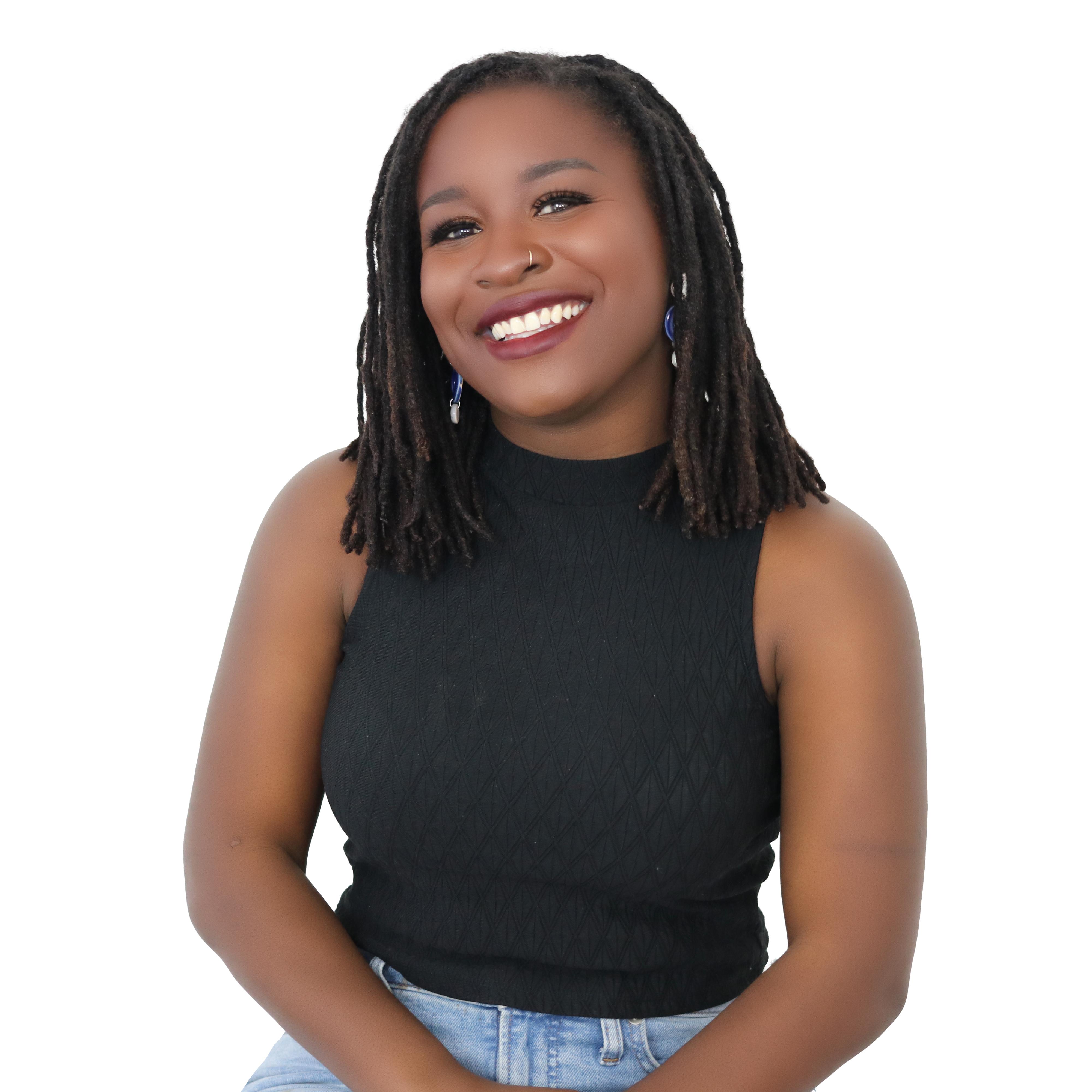
Makeda co-created and hosted an event called ‘The Funktion,’ a runway fashion show and art exhibition. That event became the turning point in her journey of making handcrafted, small-batch ceramic art and developing Sio Ceramics, a brand that aims to build community, foster creativity, and promote the willingness to take bold risks.
Do you have a favorite piece you’ve created? What makes it special to you?
My favorite piece I’ve made was a large ceramic bust that I made in 2014. I was a senior in college and I was at a place where I just wanted to make large sculptures and that were a title strange. I based my sculpture on a painting that I did in 2011. That is how I formed my Creeps. Creeps are large devilish creatures that have distinctive cheeky grins. This work is very unrelated to the work I do now, but it gave me the courage to create things that other people may not understand. It was a sort of untamed eeriness that needed to be expressed. That’s when I learned to power of self-expression. You can make things to express the things that are hard to speak about.
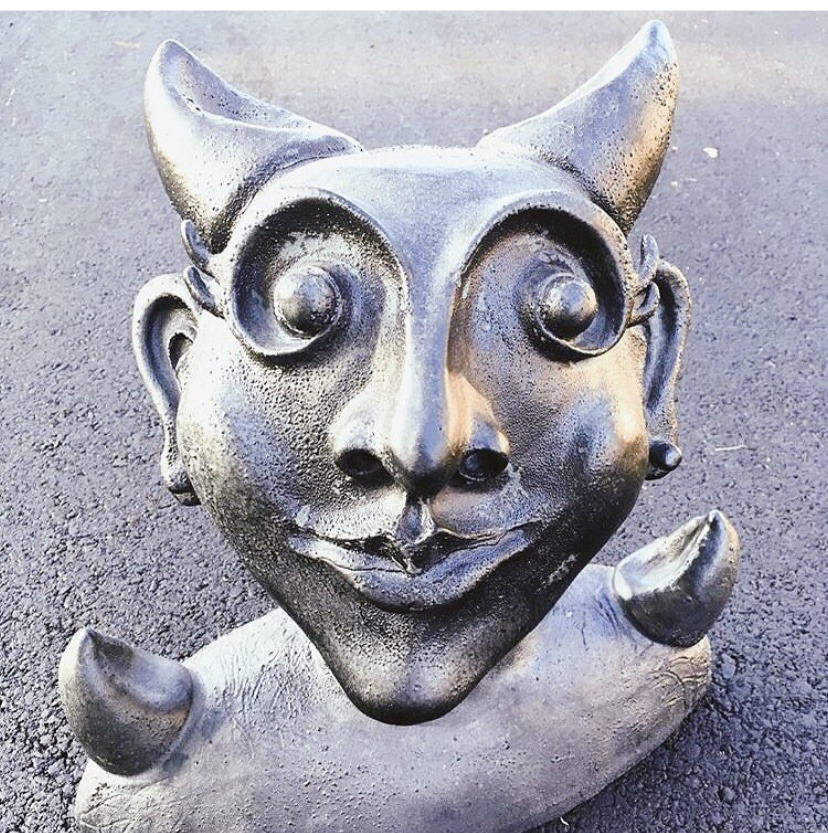
What advice would you give to aspiring artists?
Just do it! Seriously! There will be a million and one reasons why you may feel like things are inaccessible. The reality is you are capable and worthy of being in this space. If you don’t know how to gain access to a gallery, materials, or event ask for help, that’s what I did. We are not islands and you are not meant to go on your journey as an artist alone. So ask for support, you’d be happy to know that many people want to support you!

Looking forward, what aspirations do you have for your work and your presence in the ceramic arts?
I have big goals! Not only do I want to make handmade, wearable, and useful things, but I will be getting back into sculpture in 2024. Being creative and being known for a specific style is special. It means you’ve honed your craft and style, but sometimes I feel like we get locked into that one style. I think it’s really important to explore and stay curious about the other types of art or creative projects that you may want to pursue. Don’t stay in one lane forever if you don’t want to. Explore and reach your maximum creative potential. Through our art, we create new worlds and realities. What we create is the highest form of self-expression.
What are your favorite/most necessary tools to use in the studio?
My favorite tools in the studio are my slab roller and my hands. I love my slab roller so much. To date, my slab roller has been one of my most critical purchases at the start of my ceramics business.
Follow Makeda @Sioceramics
Delvin Goode
@DGoodeArt, Dress Artfully, & Speedball Arts
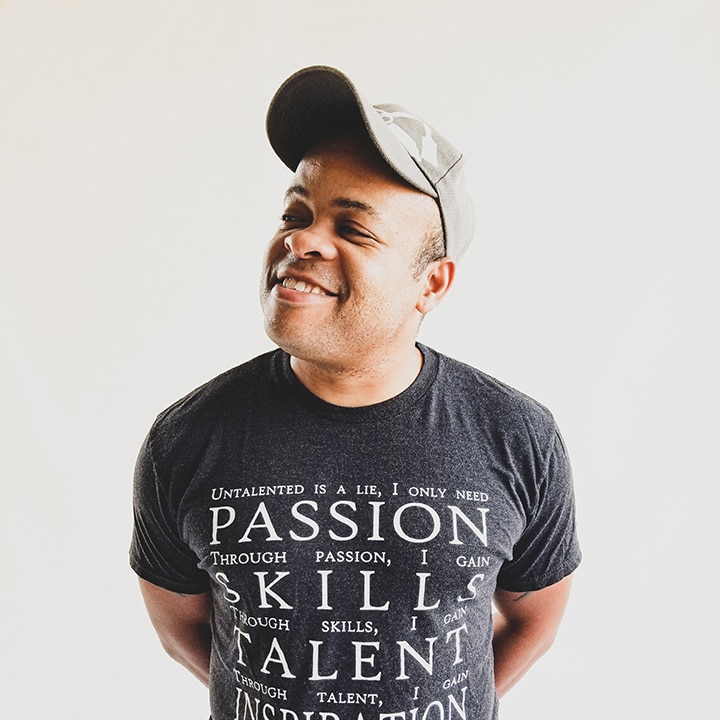
Delvin is a Speedball Professional Artist turned Product Marketing Manager for their ceramics department. Through social media, Delvin frequently shares his detailed creations, often utilizing vibrant colors and clever wordplay to spread joy and positivity into the world. Another way he expresses his creativity and dedication to the artist community is through his brand Dress Artfully where he has designed dozens of art & ceramics inspired apparel.
Can you walk us through your creative process? How do you go from idea to finished piece?
The creative process for me usually begins with funny moments of inspiration from watching commercials, looking at product packaging, magazine spreads, or suggestions from family and friends. Whenever possible I like to completely sketch those ideas out on paper. By drawing, coloring, and writing notes on the page I can visualize the process of making the work prior to heading to my studio. That way I can fail/succeed on paper and be more efficient with the little time I have to work in clay. I then go to my laptop to design the stencil kits that I will need for the graphics that will most likely adorn the surface of my work. If I’ve sketched and designed everything properly the throwing on the wheel, trimming, firing, etc. flows smoothly. After a series is completed, I then return to my sketch book to update my notes in the event I come back to that series in the future. Those post series notes have been invaluable; especially when I revisit a series years later. I get to pick up where I left off without forgetting key aspects of the work/creative process from previous rounds.
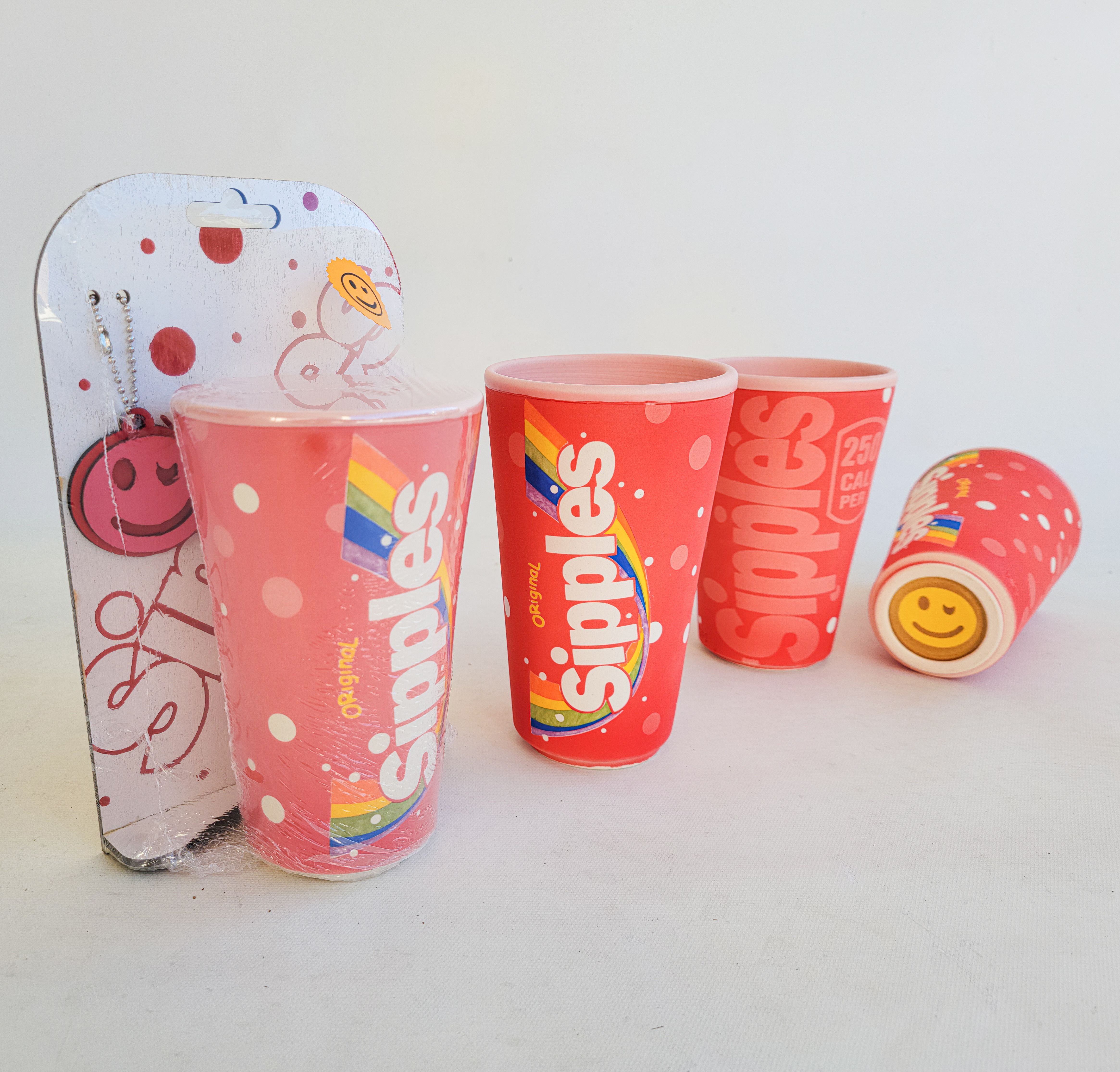
Have you had any mentors in your artistic journey, or do you currently mentor others?
I have had several mentors in my artistic journey! From my father to my siblings, to various teachers throughout my school career, they have all played a role in the artist I am today. Linda Ganstrom, Fort Hays State University Ceramics, has played a tremendous role in my clay journey and she was a huge catalyst for @dgoodeart. She remains a mentor of mine even though I graduated years ago. Then there are those in the ceramic community like John R. Hamilton III who is one of the artists I reached out to learn from and ask questions, and now we are like family. He taught me several techniques that have elevated my work to levels I didn’t see coming and is still a sounding board for all things ceramics. I also reach out to Rich Brown on a variety of topics from ceramics, to community, or the state of art in general. I also share my techniques and experience as much as I can. I like to tell artists that I am going to fast forward them pass the trials and tribulations that I went through to learn my techniques and see where they take that knowledge from there. I think it is one of the most rewarding aspects of being an artist, and hopefully I can continue to mentor others in the future.

What advice would you give to aspiring BIPOC ceramic artists?
The first thing I would say is to not get too wrapped up in the term/category of “BIPOC” and just focus on being an artist. Sometimes labels like this make you think your work must look a certain way or grow in a certain direction. Focus on what inspires you and create work based on that. That way the work will look and feel authentic, and you will be happiest as an artist and will grow exponentially. Pay attention to those who are doing things that you admire or are curious about, reach out to them, ask questions, support them, and take those lessons learned back to your studio. Lastly, don’t be afraid to collaborate with other artists. You will be amazed at how quickly you can advance your skills when working with other artists on the same body of work. It subliminally forces everyone involved to put their best effort into the collab and it’s also a lot of fun!
What’s your favorite thing about Clay-King?
I have had the privilege to meet and work with several of the amazing people in the Clay King Family, and that is by far my favorite thing. To witness the love and dedication that everyone there has for the ceramic community is a blessing in itself!
Follow Delvin @dgoodeart
Diana Adams
Creator of SampleHAUS
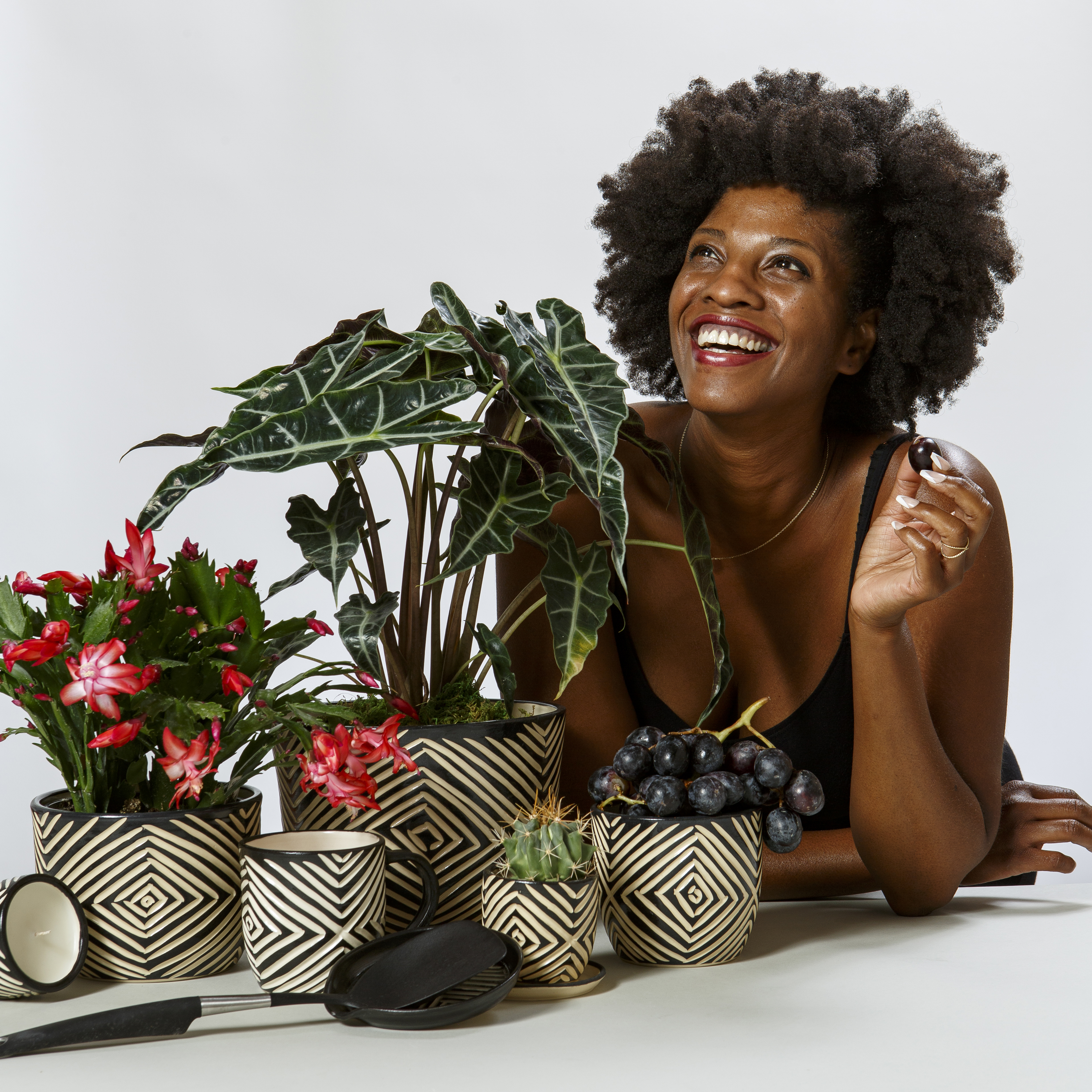
Diana created SampleHAUS in 2019 She started collecting and up-cycling fabrics and other materials that were to be thrown away and she turned them into one of a kind art work. From there Diana’s pottery took the spotlight and SampleHAUS grew and earned a reputation for unique and aesthetically pleasing planters, mugs, vases, and more.
What initially drew you to ceramics, and were there any BIPOC artists or cultural influences that inspired you to start?
My start in ceramics began with a choice of selecting an elective for my studio Art degree. It was either Ceramics or Woodshop. The only thing I knew of ceramics was, you guessed it, Ghost. It was an easy selection. I didn’t know how much I feel in love with it, continuing to take ceramics 1, 2, and 3. I wasn’t thinking about race in my early learning stages. I was just excited about the craft. I did lean more towards Japanese style of ceramics. I loved the simplicity, complexity, and variety of the pieces. I was interested in all ancient cultural pottery, African, Mexican, Indian, Indigenous, you know name it. I was looking at what shapes were used and for what functions, patterns, colors, and markings.
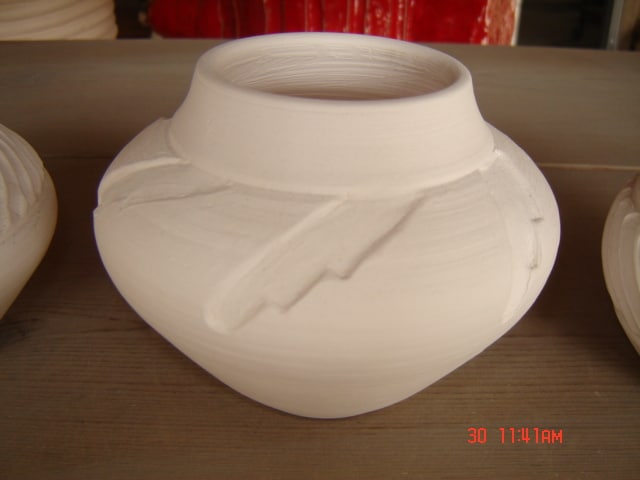

How important is community to your work, and how do you engage with your community through your art?
Community is more important to me than to my work. As I was learning more about the craft, I started to notice I was alone. When I went to ceramic supply stores, I would get looks, clerks would be surprised at how much I was purchasing, and attending a ceramic conference was something I knew I needed but didn’t want to feel like people were looking at me wondering why I was there. It always brightened my day when I saw another black person in the ceramic store. I would try to get their attention and give the classic head nod. As my popularity grew in 2020, I was as surprised as everyone else that there were so many of us in the ceramic world. Working in silence. That uplifted my spirits so much, and grabbed as many of them as I could and never let go! I saw how important it was for me to show up in as many ways as I could so that others would continue to see us working in the clay.

Looking forward, what aspirations do you have for your work and your presence in the ceramic arts?
I’m looking forward to those quiet moments in between mass production to work on some collectible pieces. I need those breaks to keep the creative energy flowing. New collections I’m working on exploring is SampleHAUS Littles, a collectible series of miniature planters and ceramic plants. I love board games, so I would love to have some ceramic games like, dominos, chess, mancala, backgammon, etc. Also Lighting. I would love to have a collection of pendants, floor, and table lamps.
What’s your favorite thing about Clay-King, and what’s your favorite and most necessary tools to use in the studio?
My favorite thing about Clay King is their ability to connect with their customers and community on social. Favorite tool is Speedball’s Boss Base!
Follow Diana @sample.haus
In this blog post, we highlighted three ceramicists who each bring a unique perspective to their craft. Their work showcases the boundless possibilities of ceramic art. They remind us that ceramics are not just about shaping clay but about expressing ideas, emotions, and narratives that resonate on a personal and collective level. As we conclude this feature, let’s carry forward the inspiration drawn from these artists, celebrating the beauty and diversity of ceramics in our own lives and communities.
A very special thank you to this month’s artists Makeda Smith, Delvin Goode, and Diana Adams from the whole team at Clay-King.
